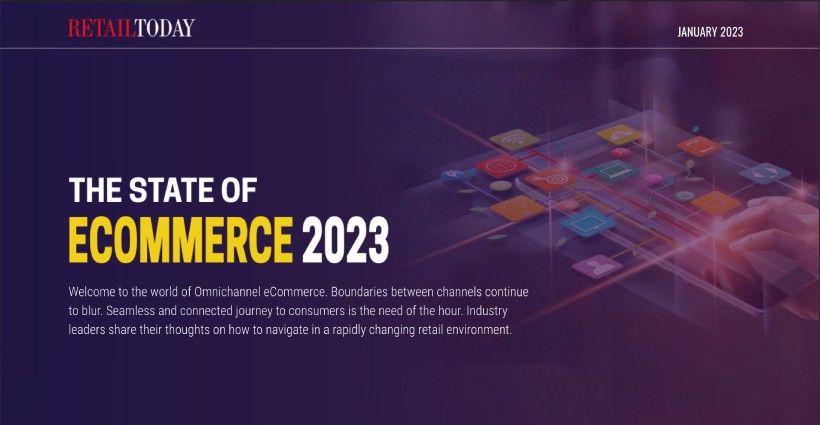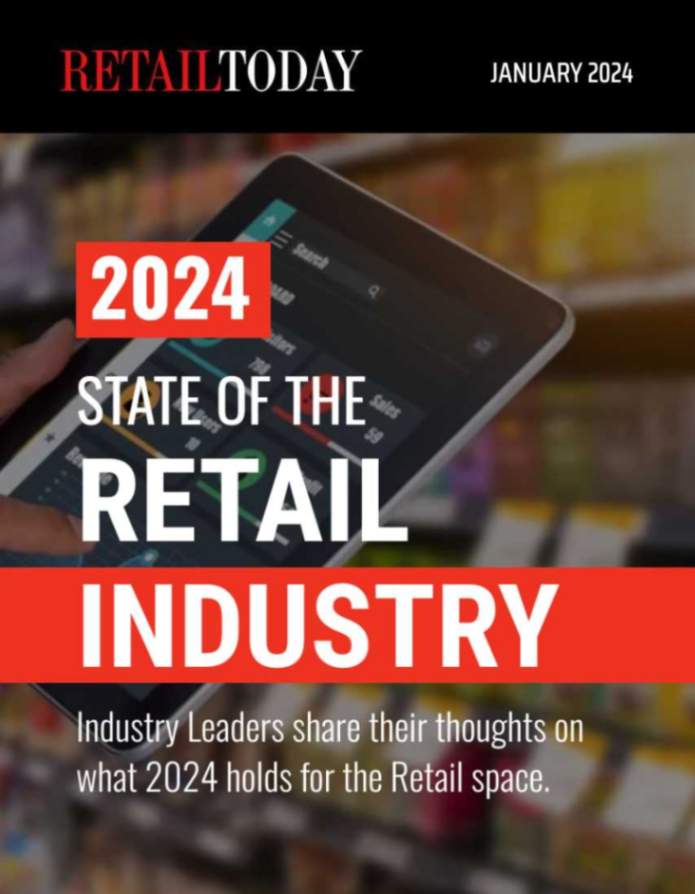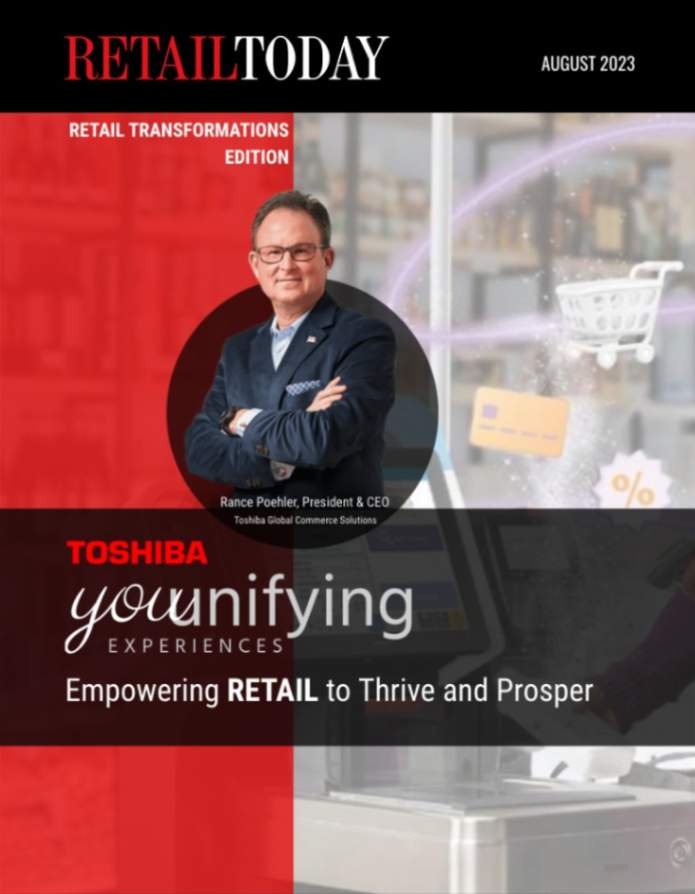
Connecting with and keeping customers is more challenging than ever. Ecommerce competition is up, and so are rates for digital ads, while ROI on ad spending is down, according to a recent Shopify report. As a result, the report recommends that brands “prioritize customer lifetime value and promote brand loyalty.”
Better fraud prevention won’t reduce the rates you pay for ads or eliminate the need to create compelling messaging, of course. However, fraud and false decline prevention can preserve your investment in customer acquisition. Prevention also protects your brand from negative word-of-mouth that can make customer acquisition more difficult and more expensive.
Why the ecommerce landscape is so challenging now
The ecommerce market will grow by more than 14% year over year through 2027, with new stores going online all the time. As competition increases, it can be harder to connect with customers through digital messaging. Search ad costs per click increased by an average of 19% last year for most industries, raising the stakes for return on ad investment. Third-party data is harder to access, requiring businesses to collect and analyze more first-party data in order to personalize the customer experience.
Considering all these factors, it’s no surprise that the average cost to acquire a new customer reached $29 in 2022. In order to make those acquisitions profitable, businesses need to derive the highest possible lifetime value from each customer.
Most customers who experience fraud will churn
Customers quickly lose trust in online stores if their card is used to commit fraud there. In ClearSale’s March 2021 survey of online shoppers in five countries, 84% said they’d never shop again on a site that allowed that kind of fraud with their card. Among that same group of consumers, 15% said they’d experienced online payment fraud within the past year. Nearly ⅓ of those fraud victims said they’d had more than one fraud experience during that time.
Card not present (CNP) fraud isn’t going away or even slowing down. By 2024, analysts expect CNP fraud losses in the U.S. to exceed $10 billion, up from $8.75 billion in 2022. Rising fraud rates expand the number of potential victims and increase the potential number of customers who will abandon an online store because of their bad experience.
Many customers will boycott after a false decline
Mistaking good orders for fraud also drives customers away, and it’s a more common problem than many retailers realize. That’s because some fraud solutions don’t review decisions to determine which were actual fraud and which were false positives. Instead, they define all rejected orders as fraud. The five-country consumer survey found that a quarter of shoppers had experienced a false decline online in the past 12 months. Among those customers, 38% had more than one order declined in error.
Although customers want to avoid being victims of fraud, many are understandably offended when they’re mistaken for perpetrators of fraud. Forty percent of shoppers in the five-country survey said they’d never shop again with a site that declined their order.
The losses go beyond churn
Customers lost to fraud and false declines represent a significant amount of potential lifetime value. However, these customers are also likely to share their negative experiences in a way that influences other consumers to avoid the site where they had their bad experience. For example, 34% of the five-country survey’s respondents said they would post something negative about the site or store online after a false decline.
That negative word-of-mouth requires the retailer or brand to respond and attempt to resolve the issue. That’s because while 94% of shoppers say bad reviews have “convinced them to avoid a business,” 45% say they’re more likely to engage with a business if it responds to its negative reviews. However, this kind of review management can drive up customer acquisition and retention costs, especially if there are a lot of negative comments and reviews to address.
Reducing fraud and false declines
To address fraud and false declines, it’s helpful for companies to benchmark the existing rates of each issue. Then it’s time to see why fraud is getting past existing barriers. For example, the fraud control program may lack AI that can learn to identify fraud attempts that are more sophisticated than simply using a stolen credit card. Or the fraud control program may have AI capabilities, but the system is automatically set to reject all flagged orders without further investigation–a typical scenario for generating excessive false declines.
Ideally, the fraud prevention process will include an AI-driven automated fraud detection component, with the parameters customized to accommodate the store’s specific customer personas and markets. For example, if the store has many cross-border and new customers, the parameters should not be so strict that they automatically flag customers with overseas addresses, or customers without an online shopping history. The program should be capable of weighing additional factors in scoring these orders.
The fraud prevention program should also allow for expert review of orders that score high for fraud risk. This step can identify flagged orders that are legitimate, so the retailer can avoid false declines, approve the orders, and keep those customers’ lifetime value. Expert review can also confirm fraud findings and feed all of the review results back into the AI system so it can refine its ability to separate fraud from good orders over time.
Stronger loyalty and brand reputation
When customers can shop without fraud and false declines, they’re more likely to remain loyal, even if the stores they’re shopping with don’t offer the lowest prices or fastest shipping. Eighty-five percent of consumers in the five-country survey said they’re more likely to shop with stores they trust, even if they have to pay slightly more or wait slightly longer for deliveries. By providing safe, positive shopping experiences, retailers and brands can enjoy a higher average customer lifetime value, better word-of-mouth online, and lower costs to win over new customers.
Rafael Lourenco is Executive Vice President and Partner at ClearSale and holds more than two decades of experience providing ecommerce fraud detection and prevention services in major international markets. Rafael combines ClearSale’s innovation-driven culture and emphasis on communication with a deep understanding of the statistical tools that underpin excellent fraud protection.






